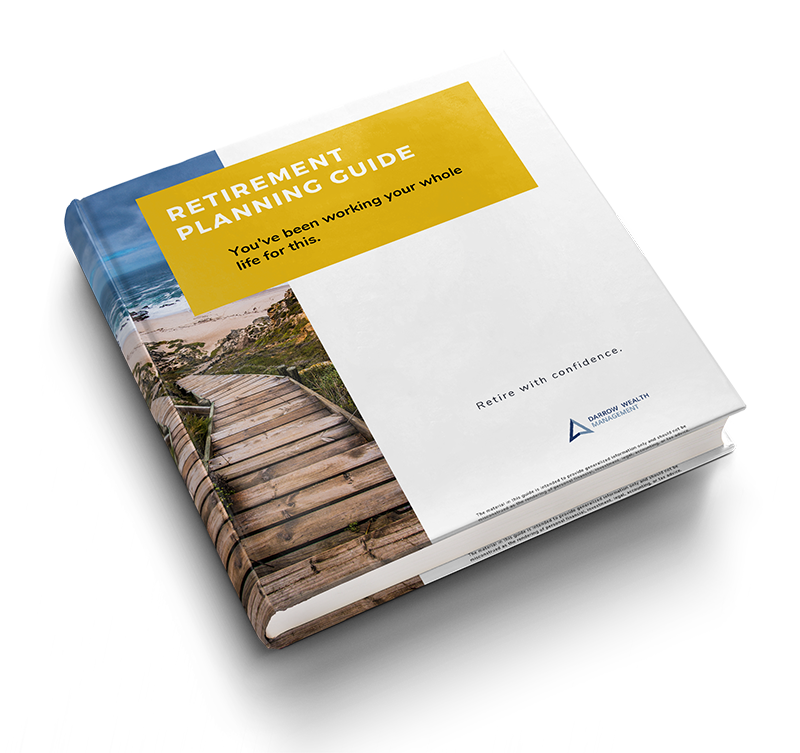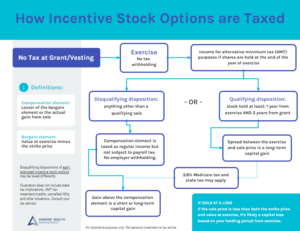Updated for 2022. Business owners have several retirement plans to choose from. For small companies, the SEP IRA and Solo 401(k) are the most common. What are the pros and cons of the SEP IRA vs Solo 401(k)? Determining which plan is best suited for you will depend on certain information about your business, savings goals, and investment management strategy.
Additionally, number of employees, business earnings, annual income and business entity structure will also determine eligibility and potential tax advantages. This article provides an overview of each type of retirement plan as well as the differences between a SEP IRA and Solo 401(k).
What’s the Best Retirement Plan for Small Business Owners and Solopreneurs? Comparing the SEP IRA vs Solo 401(k)
Solo 401(k)
Overview and Eligibility Requirements
The Individual 401(k) plan is very similar to a Traditional 401(k) plan, with profit-sharing provisions. For business owners who don’t plan to take on additional employees in the future, a Solo 401(k) offers a higher savings limit, tax-deferred growth, a wide array of investment options, and loan provisions.
Only self-employed business owners with no employees (other than a spouse) can use a Solo 401(k). As a result, if you have other employees or expect to hire in the future, this may not be the best option for you.
How Much You Can Contribute to an Solo 401(k)
There are two parts to Solo 401(k) deferrals. Both are optional. There’s an individual contribution and a profit sharing contribution.
- The maximum elective deferral in 2022 is the lesser of $20,500 ($27,000 if over age 50 due to the $6,500 catch up contribution) or 100% of W-2 compensation or net self-employment income.
- A profit sharing contribution is allowable up to 25% of W-2 wages (if a corporation) or 20% of net self-employment income for a partnership, sole proprietorship, or single-member LLC that has not elected C or S-corporation tax treatment. In 2022, the annual compensation limit for eligible wages is $305,000.
The combined total annual contribution cannot exceed $61,000 in 2022 ($67,500 if over age 50).
Running a Business Part-Time? You May Be Able to Contribute to More than One Retirement Plan
Solo 401(k) Tax Benefits
The Individual 401(k) offers tax benefits like other qualified retirement plans. For sole proprietors, employee and employer deferrals are combined as an above-the-line deduction on your tax return.
If your business is taxed as a C-corporation, S-corporation, multi-member LLC or partnership, the tax benefits will be split in two parts:
- Your individual contributions will reduce your W-2 taxable income as an above-the-line deduction.
- The profit sharing contribution from the business is deducted as an expense. Reducing the company’s net taxable income also reduces the taxable income that is flows through to the owner on their K-1.
Other Key Facts About the Individual 401(k):
- Loan options. 401(k)s can allow penalty-free loans, subject to certain limits
- Contribution flexibility. An individual and/or the company can make discretionary contributions to a Solo 401(k). The catch-up contribution after age 50 may allow business owners to save more than allowed in other retirement plans
- Roth contributions permissible. like other 401(k) plans that have a Roth component, an Individual 401(k) can be set up as a Traditional Solo 401(k) or a Roth Solo 401(k). Income limitations don’t apply to contributions to a Roth Solo 401(k). However, annual additions are still combined for the person and cannot go over overall limits. (Note: only individual deferrals can be allocated to Roth plans)
- Administration. annual reporting through Form 5500 when the account exceeds $250,000 at the end of the year
- Deadline to establish plan. December 31st
 Simplified Employee Pension (SEP IRA)
Simplified Employee Pension (SEP IRA)
Overview and Eligibility Requirements
The SEP IRA is a type of a Traditional IRA, however it is specifically for small business owners. This includes sole proprietors, partnerships, C and S corporations, and the self-employed. Employers can contribute to this retirement plan for themselves, as well as their employees.
Only employers contribute to SEP IRAs. Employees generally cannot save their own money in a SEP. Because the SEP IRA is a type of IRA, the same rules for IRAs will apply. For example, IRAs do not permit loans and cannot invest in life insurance.
Any employer with one or more employees can establish a SEP. Unlike a Solo 401(k) which does not allow for non-spouse employees, a SEP IRA must cover all eligible employees. An eligible employee is someone over the age of 21, who worked for the company at least 3 of the last 5 years, and received at least $600 in compensation for the business year.
How Much You Can Contribute to a SEP IRA
Calculating SEP contributions is rather simple. Annual funding is capped at the lesser of 25% of W-2 earnings (if a corporation), or 20% of net income if self-employed. The annual compensation limit is $305,000 in 2022, so income greater than this amount won’t count. The maximum funding is $61,000. There is no catch-up contribution for SEP IRAs.
Spreading SEP funds equally across all eligible participant accounts is a requirement. This can be a flat dollar amount or equal percentage of compensation. But employers do have discretion as to whether to make an annual contribution and in the amount. However, you must apply the decision uniformly across all participants and within specified limits.
Due to these rules, SEP IRAs are most popular with business owners without employees.
SEP IRA Tax Benefits
For sole proprietors, SEP contributions also represent an above-the-line deduction on your personal tax return. For C or S corporations, LLCs or partnerships, SEP contributions are business expense deduction. Reducing the company’s net taxable income reduces the taxable income that flows to an owner on their K-1.
Other Key Facts about the SEP IRA:
- Most flexible plan to set up and fund. SEP IRAs can be set up and funded as late as a tax filing extension and still count towards the previous calendar year
- Administration. SEP IRAs are not subject to annual IRS filings
- Impact on other IRA contributions. Unless a SEP plan allows employee contributions, employer funding generally won’t impact a worker’s ability to save in a Traditional or Roth IRA. Employees are still subject to annual limitations and income thresholds for tax-deductible and Roth contributions
Which is better: the SEP IRA vs Solo 401(k)
All else equal, an Individual 401(k) usually provides a greater contribution opportunity. The Solo 401(k) also offers benefits not available in a SEP IRA, such as plan loans and a Roth feature. But there are two main drawbacks of Individual 401(k) plans: you can’t have employees and added complexity of administration and reporting.
For many solo entrepreneurs, the best retirement plan comes down to funding goals and cash flow. So if maximum income deferral is your goal, the Solo 401(k) is probably the best retirement plan. If not, depending on your entity structure, a SEP IRA may be the way to go.
Infographic: SEP IRA vs Solo 401(k) for Self-Employed Business Owners
Founded in 1987, Darrow Wealth Management has a long history of working to help business owners preserve and grow their wealth. Contact us to learn more about our Wealth Management Program.


 Simplified Employee Pension (SEP IRA)
Simplified Employee Pension (SEP IRA)








